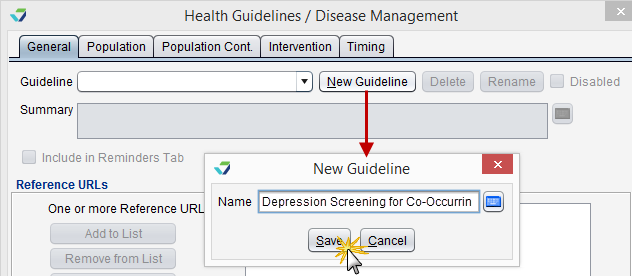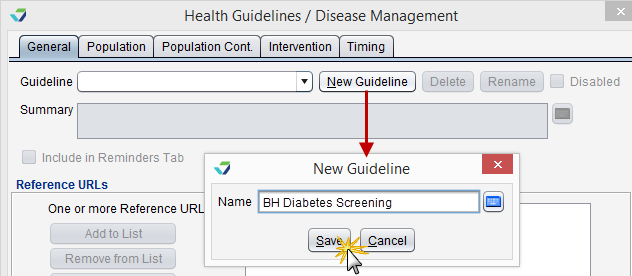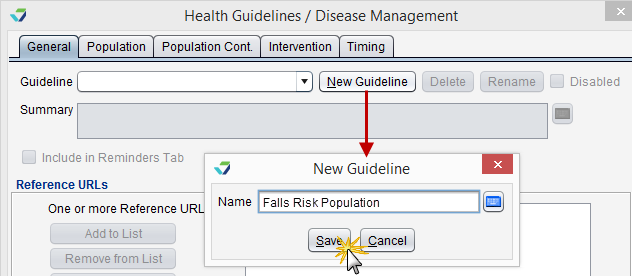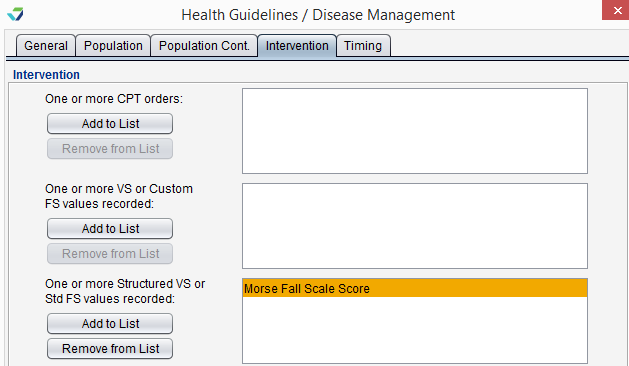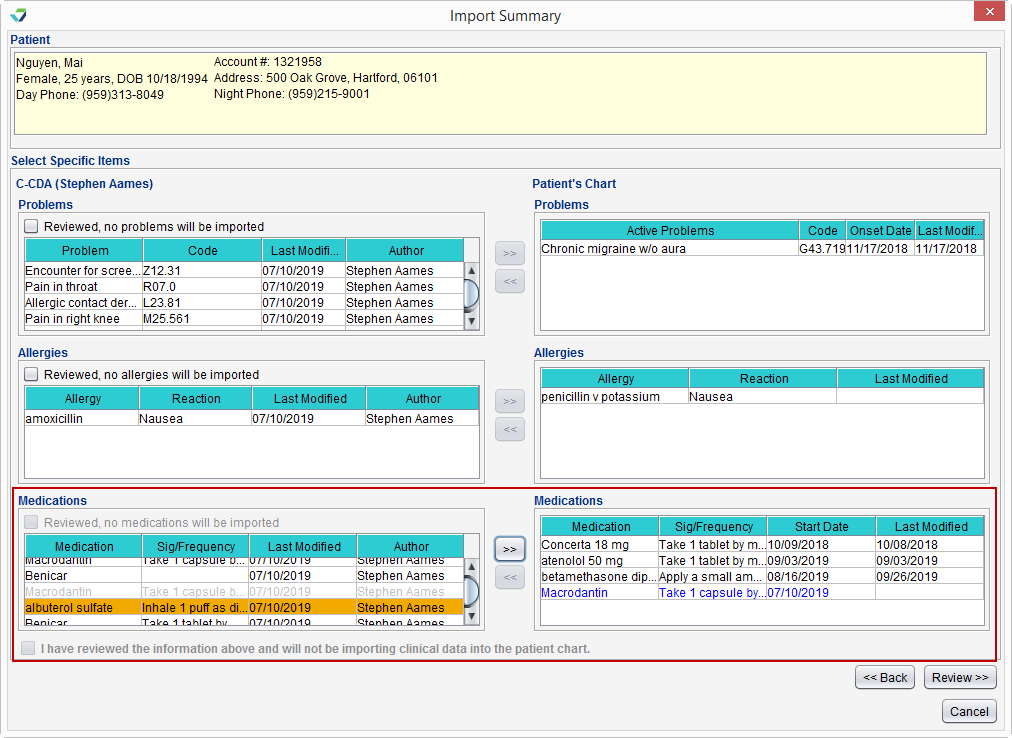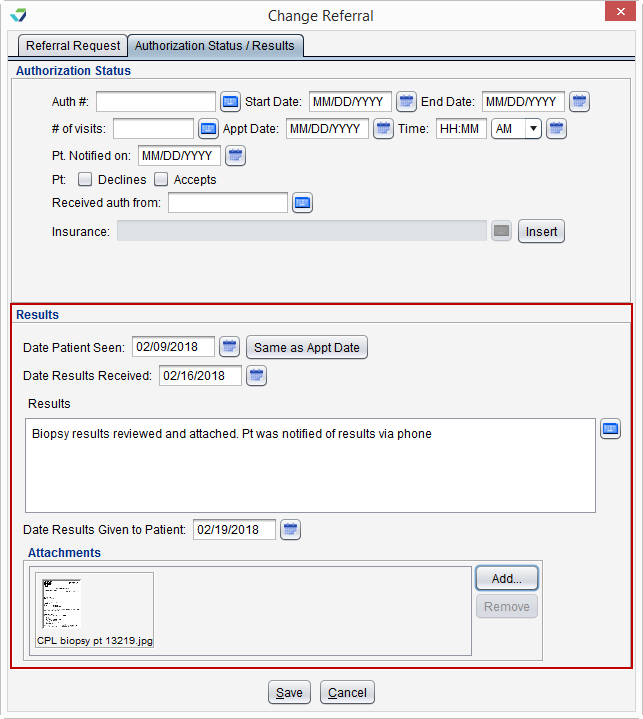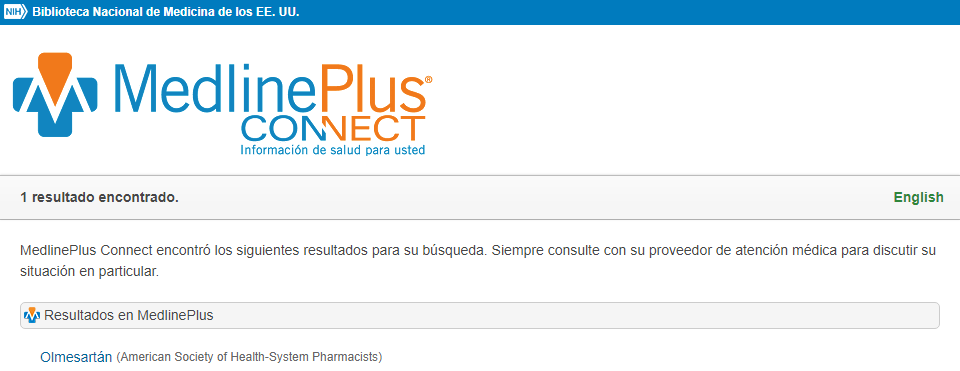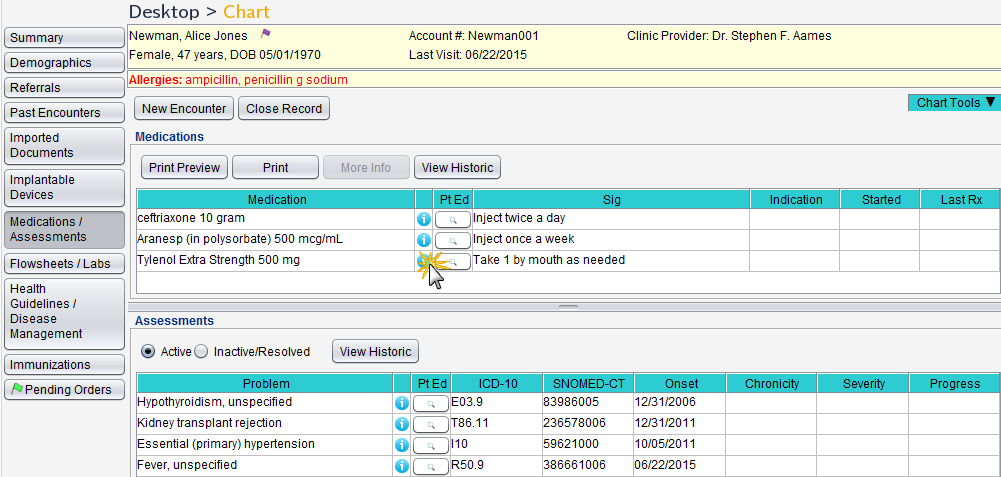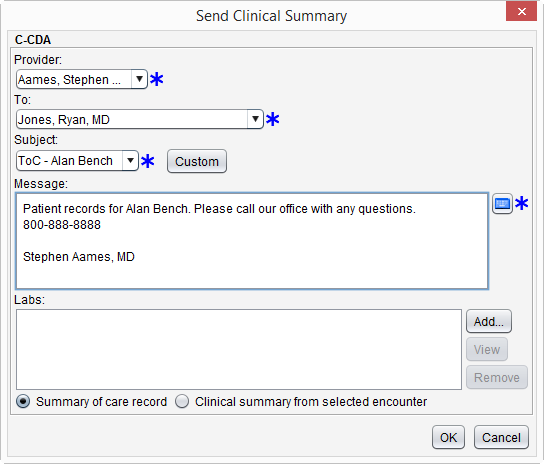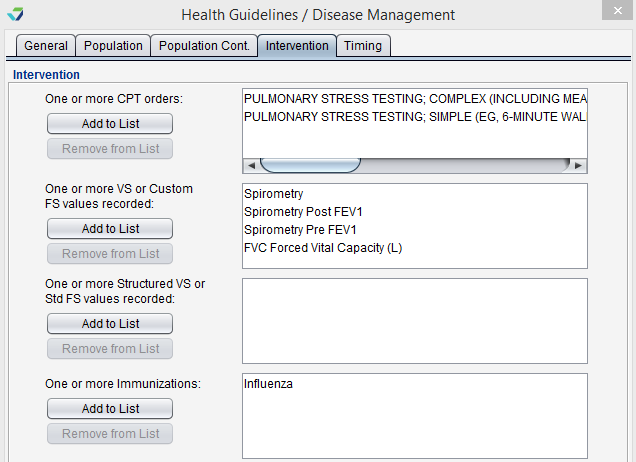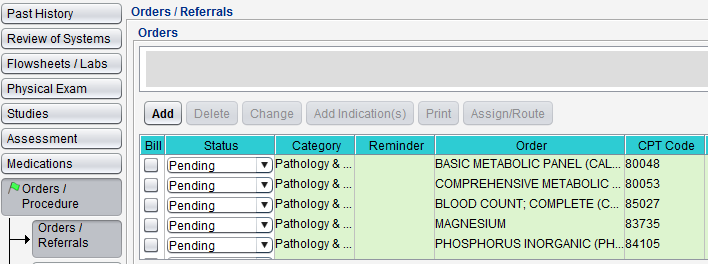2020 Improvement Activities
For the 2020 performance year, Sevocity offers workflow recommendations for ten Improvement Activities. These activities can be supported by using the suggested Sevocity features and tools.
About Improvement Activities Workflow Recommendations
Recommendations have been developed to assist providers and practices with the implementation of the Improvement Activities listed below. These workflows are designed as a supplemental resource and are not a substitute for the program eligibility and requirements provided by CMS. For full program requirements, refer to CMS’s Quality Payment Program website.
| Activity: Depression screening and follow-up plan: Regular engagement of MIPS ECs |
|
| Subcategory | Behavioral and Mental Health |
| Weighting | Medium |
Supporting Workflows and Tools
Health Guidelines can be used to identify patients with co-occurring behavioral or mental health conditions.
Interventions for this guideline could include Custom Flowsheet values or values from the Standard Flowsheets for Depression Screening (Adult or Pediatric), PHQ-2, or PHQ-9.
| Activity: Diabetes screening for people with schizophrenia or bipolar disease who are using antipsychotic medication. | |
| Subcategory | Behavioral and Mental Health |
| Weighting | Medium |
Supporting Workflows and Tools
Health Guidelines can be used to identify patients with schizophrenia or bipolar disease who are also using antipsychotic medication.
Interventions for this guideline could include Custom Flowsheet values or orders for fasting plasma glucose or oral glucose tolerance tests.
| Activity: Implementation of fall screening and assessment programs to identify patients at risk for falls and address modifiable risk factors (e.g., Clinical decision support/prompts in the electronic health record that help manage the use of medications, such as benzodiazepines, that increase fall risk). | |
| Subcategory | Patient Safety and Practice Assessment |
| Weighting | Medium |
Supporting Workflows and Tools
Health Guidelines can be used to identify patients at risk for falls based on previous assessments or use of medication.
Interventions for this guideline could include Custom Flowsheet values or values from the Standard Flowsheet for Fall Risk Screening, such as the Morse Fall Scale Score.
|
Activity: Manage medications to maximize efficiency, effectiveness and safety that could include one or more of the following:
|
|
| Subcategory | Population Management |
| Weighting | Medium |
Supporting Workflows and Tools
Medications can be reconciled during a patient visit or when electronically incorporating a care summary into a patient chart as part of a transition of care.
In an encounter, medications can be reviewed and reconciled from the Allergies/Meds Hx tab or the Medications tab.
A clinical reconciliation for summaries of care received electronically can be performed from the C‑CDA Reconciliation Tool or from the PPDX Inbox.
| Activity: Performance of regular practices that include providing specialist reports back to the referring individual MIPS EC |
|
| Subcategory | Care Coordination |
| Weighting | Medium |
Supporting Workflows and Tools
Referral reports received from specialists or other providers can be documented in the Results section of the original referral.
| Activity: Provide self-management materials at an appropriate literacy level and in an appropriate language. | |
| Subcategory | Beneficiary Engagement |
| Weighting | Medium |
Supporting Workflows and Tools
The patient education features throughout Sevocity can be used to identify and provide appropriate self-management materials to patients.
The Pt Ed button (![]() ) and Infobutton icon (
) and Infobutton icon ( ) launch MedlinePlus Connect website resources with access to health information in multiple languages and easy-to-read formats.
) launch MedlinePlus Connect website resources with access to health information in multiple languages and easy-to-read formats.
Pt Ed and Infobutton are available at both chart and encounter levels.
Self-management materials can also be created or uploaded as Handouts, accessible from the Plan tab in an encounter.
|
Activity: Ensure that there is bilateral exchange of necessary patient information to guide patient care, such as Open Notes, that could include one or more of the following:
|
|
| Subcategory | Care Coordination |
| Weighting | Medium |
Supporting Workflows and Tools
Referral Notes and Continuity of Care Documents (CCDs) can be sent as structured C‑CDA![]() Consolidated Clinical Document Architecture, a document format that enables a patient’s clinical data to be transmitted from one Health IT system to another files to other providers or settings of care using Sevocity’s integrated Direct messaging technology.
Consolidated Clinical Document Architecture, a document format that enables a patient’s clinical data to be transmitted from one Health IT system to another files to other providers or settings of care using Sevocity’s integrated Direct messaging technology.
Referrals can be sent electronically from the Referrals tab in the chart or from the Orders/Referrals tab in the encounter. Summaries of care can be sent electronically using the Send Clinical Summary feature in Chart Tools.
Practices interested in exchanging data with an HIE should contact Sevocity Support to begin the process of a new interface setup. Interface setup requirements and fees vary per request.
| Activity: A MIPS eligible clinician must attest that they reported MACRA patient relationship codes (PRC) using the applicable HCPCS modifiers on 50 percent or more of their Medicare claims for a minimum of a continuous 90-day period within the performance period. | |
| Subcategory | Care Coordination |
| Weighting | High |
Supporting Workflows and Tools
Patient relationship code (PRC) modifiers can be added from the Coding tab prior to encounter finalization.
PRC Modifiers List
| Modifier | Description |
|---|---|
| X1 | Continuous/Broad services |
| X2 | Continuous/Focused services |
| X3 | Episodic/Broad services |
| X4 | Episodic/Focused services |
| X5 | Only as Ordered by Another Clinician |
Clinic Administrators can add or update modifiers from the Clinic Wide Form Data: Coding tab in Tools > Preferences.
| Activity: In support of improving patient access, performing additional activities that enable capture of patient reported outcomes (e.g., home blood pressure, blood glucose logs, food diaries, at-risk health factors such as tobacco or alcohol use, etc.) or patient activation measures through use of CEHRT |
|
| Subcategory | Beneficiary Engagement |
| Weighting | Medium |
Supporting Workflows and Tools
Patient-generated health data received in the Patient Portal Inbox can be stored to the patient chart.
| Activity: Use decision support and standardized treatment protocols to manage workflow in the team to meet patient needs. | |
| Subcategory | Patient Safety and Practice Assessment |
| Weighting | Medium |
Supporting Workflows and Tools
Health Guidelines can be used to create decision support protocols by selecting interventions to standardize treatment for identified populations.
Encounter templates can be used to apply standardized treatment protocols during a patient visit.
Didn't find the answer you were looking for?
Contact Sevocity Support 24/7 at 877‑777‑2298 or support@sevocity.com
